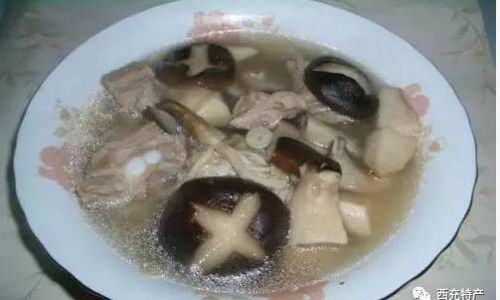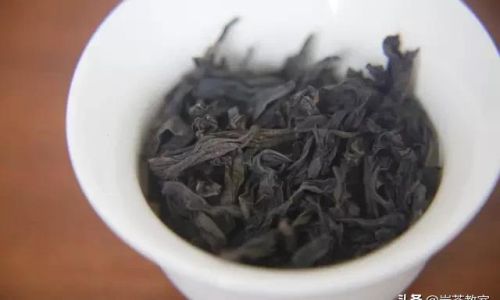Introduction
Fresh peas, with their sweet and tender taste, are a beloved ingredient in numerous culinary dishes worldwide. Whether they are used in salads, soups, stir-fries, or even as a simple side dish, peas add a delightful burst of flavor and nutrition to any meal. However, like many fresh vegetables, the shelf life of peas can be quite limited, especially when stored at room temperature. Understanding how long fresh peas can be kept at room temperature is crucial for maintaining their freshness, flavor, and nutritional value. This article delves into the factors that influence the storage duration of fresh peas at room temperature, the best practices for storing them, and the signs to look for when determining if they have spoiled.
Factors Influencing the Shelf Life of Fresh Peas at Room Temperature
Several factors play a significant role in determining how long fresh peas can be stored at room temperature. These include the initial quality of the peas, the ambient temperature and humidity, exposure to light, and the packaging or storage method used.
-
Initial Quality of the Peas

The freshness and quality of the peas at the time of purchase are paramount. Peas that are harvested and handled properly, with minimal damage and quick cooling, will have a longer shelf life compared to those that have been roughly handled or stored improperly before reaching the market. Fresh peas should have a vibrant green color, firm texture, and a sweet, fresh aroma.
-
Ambient Temperature and Humidity
Room temperature and humidity levels can vary greatly depending on the climate and season. Generally, the warmer and more humid the environment, the shorter the shelf life of fresh peas. High temperatures accelerate the ripening and spoilage processes, while high humidity can promote the growth of mold and bacteria. Ideally, fresh peas should be stored in a cool, dry place, but this is not always feasible at room temperature.
-
Exposure to Light
Direct sunlight can degrade the quality of fresh peas rapidly. Ultraviolet rays can cause the peas to lose their vibrant color, become discolored, and develop an off-flavor. Therefore, it is essential to store peas in a dark or opaque container to protect them from light exposure.
-
Packaging or Storage Method
The way fresh peas are packaged or stored can also affect their shelf life. Loose peas are more susceptible to dehydration and damage than those stored in airtight containers. Additionally, peas that are stored in plastic bags with too much moisture can promote the growth of mold. The best practice is to store peas in a breathable container or bag that allows for some air circulation while keeping out excess moisture and light.
How Long Can Fresh Peas Be Stored at Room Temperature?
The general consensus among food safety experts is that fresh peas can be stored at room temperature for a limited period, typically no longer than a couple of days. However, this estimate can vary depending on the factors mentioned above.
-
Under Optimal Conditions: In a cool, dry, dark place with minimal exposure to air and light, fresh peas might last up to two days at room temperature. This assumes that the peas were of high quality at the time of purchase and have been handled and stored properly.
-
Under Less Than Optimal Conditions: In warmer, more humid environments or if the peas have been exposed to direct sunlight or improper handling, their shelf life at room temperature can be significantly reduced. In such cases, fresh peas might only last a day or less before showing signs of spoilage.
Signs of Spoilage in Fresh Peas
Identifying when fresh peas have spoiled is crucial for preventing foodborne illness and ensuring that the peas retain their optimal flavor and nutritional value. Here are some signs to look for:

-
Discoloration: Fresh peas should have a vibrant green color. If they start to turn yellow or develop brown spots, it is a sign that they are losing freshness and might be spoiling.
-
Texture Changes: Peas that have gone bad often become soft or mushy. Fresh peas should have a firm, crisp texture.
-
Off Odors: Fresh peas have a sweet, fresh aroma. If they develop an unpleasant, sour, or musty odor, it is a clear indication that they have spoiled.
-
Mold Growth: In some cases, mold might start to grow on the surface of the peas. This is a sure sign of spoilage and the peas should be discarded immediately.
Best Practices for Storing Fresh Peas
To maximize the shelf life of fresh peas, it is essential to follow best practices for storing them, both at room temperature and in the refrigerator.
-
Proper Handling
- Handle fresh peas gently to avoid bruising or damaging them.
- Rinse them under cold running water to remove any dirt or debris before storing.
- Pat them dry with a clean paper towel to remove excess moisture.
-
Storage in the Refrigerator
- For longer-term storage, fresh peas should be kept in the refrigerator. Place them in an airtight container or a plastic bag with the excess air removed.
- The refrigerator’s crisper drawer is ideal for storing fresh peas as it provides a cool, humid environment that helps to maintain their freshness.
- Fresh peas can last up to a week in the refrigerator if stored properly.
-
Freezing for Long-Term Storage
- If you have a large quantity of fresh peas and want to store them for an extended period, freezing is an excellent option.
- Blanch the peas in boiling water for about two minutes, then plunge them into ice water to stop the cooking process.
- Drain the peas well and pat them dry before placing them in freezer-safe containers or bags.
- Label the containers with the date and use the frozen peas within six to eight months for best quality.
-
Monitoring and Rotation
- Regularly check the peas for signs of spoilage, especially if they have been stored for an extended period.
- Use the oldest peas first to ensure that none go to waste.
Conclusion
Fresh peas are a delightful and nutritious addition to any meal, but their shelf life can be quite limited, especially when stored at room temperature. Understanding the factors that influence the storage duration of fresh peas, such as initial quality, ambient temperature and humidity, exposure to light, and packaging or storage method, is crucial for maximizing their freshness and flavor. While fresh peas can be stored at room temperature for a couple of days under optimal conditions, it is essential to monitor them for signs of spoilage and to follow best practices for storing them, including proper handling, refrigeration, and freezing for long-term preservation. By taking these steps, you can ensure that your fresh peas remain delicious and nutritious for as long as possible.





0 comments